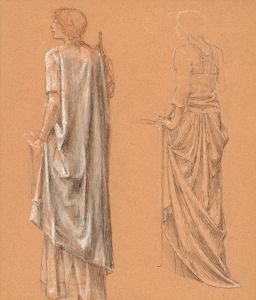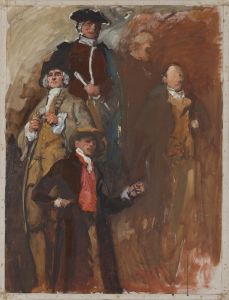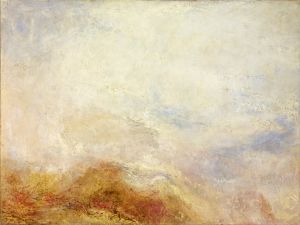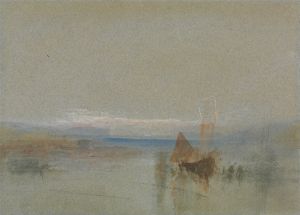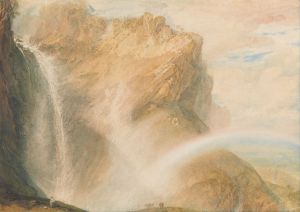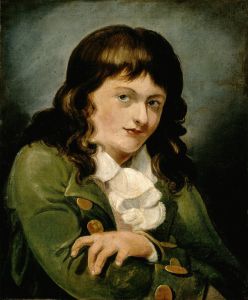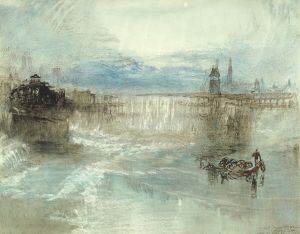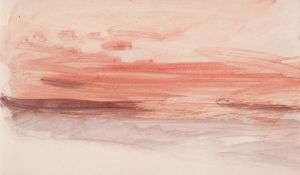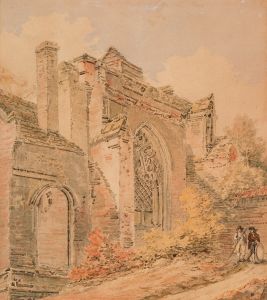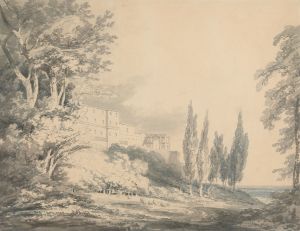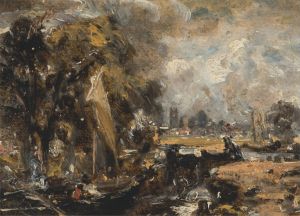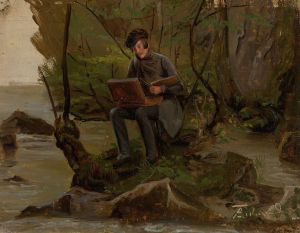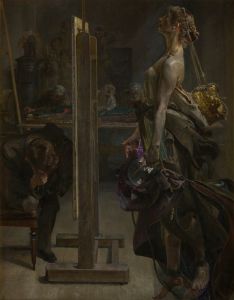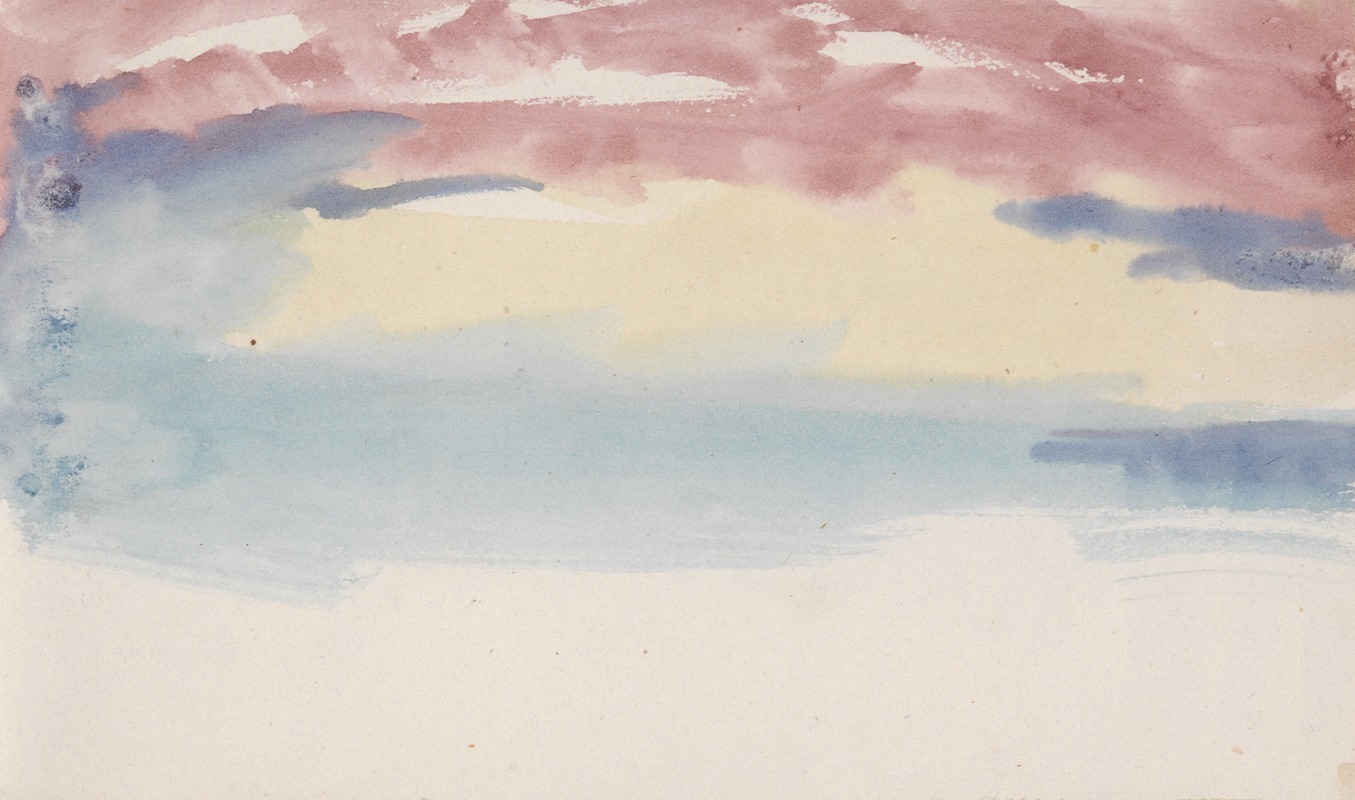
The Channel Sketchbook 10
A hand-painted replica of Joseph Mallord William Turner’s masterpiece The Channel Sketchbook 10, meticulously crafted by professional artists to capture the true essence of the original. Each piece is created with museum-quality canvas and rare mineral pigments, carefully painted by experienced artists with delicate brushstrokes and rich, layered colors to perfectly recreate the texture of the original artwork. Unlike machine-printed reproductions, this hand-painted version brings the painting to life, infused with the artist’s emotions and skill in every stroke. Whether for personal collection or home decoration, it instantly elevates the artistic atmosphere of any space.
Joseph Mallord William Turner, one of the most renowned British artists of the 19th century, is celebrated for his innovative approach to landscape and marine painting. Among his extensive body of work is The Channel Sketchbook 10, a piece that forms part of a larger collection of sketches and studies created by Turner during his travels.
The Channel Sketchbook 10 is one of the pages from a sketchbook Turner used during his exploration of the English Channel and its surrounding areas. This sketchbook, like many others in Turner’s oeuvre, was employed as a tool for capturing quick impressions of landscapes, seascapes, and atmospheric effects. Turner’s sketchbooks were integral to his creative process, serving as repositories for ideas and observations that he would later develop into finished works.
The sketchbook, including this specific page, is believed to date from the early 19th century, a period when Turner was actively traveling and documenting coastal scenes in England and across Europe. His journeys often took him to locations such as Dover, Calais, and other coastal towns, where he studied the interplay of light, water, and sky. These studies were instrumental in shaping his later, more abstract and expressive works.
The sketches in The Channel Sketchbook are typically rendered in pencil, with some pages featuring light washes of watercolor. They are characterized by their spontaneity and economy of line, reflecting Turner’s ability to distill complex scenes into simple yet evocative compositions. While individual sketches, such as The Channel Sketchbook 10, may not represent finished artworks, they provide valuable insight into Turner’s working methods and his keen observational skills.
Today, The Channel Sketchbook is housed in the collection of Tate Britain, along with many other sketchbooks and works by Turner. The Turner Bequest, a significant donation of the artist’s works to the British nation upon his death in 1851, included this sketchbook. It remains an important resource for scholars and art enthusiasts seeking to understand Turner’s artistic development and his approach to capturing the natural world.
As with much of Turner’s work, The Channel Sketchbook 10 exemplifies his dedication to studying the effects of light and atmosphere, themes that would come to define his legacy as a master of Romantic landscape painting.





